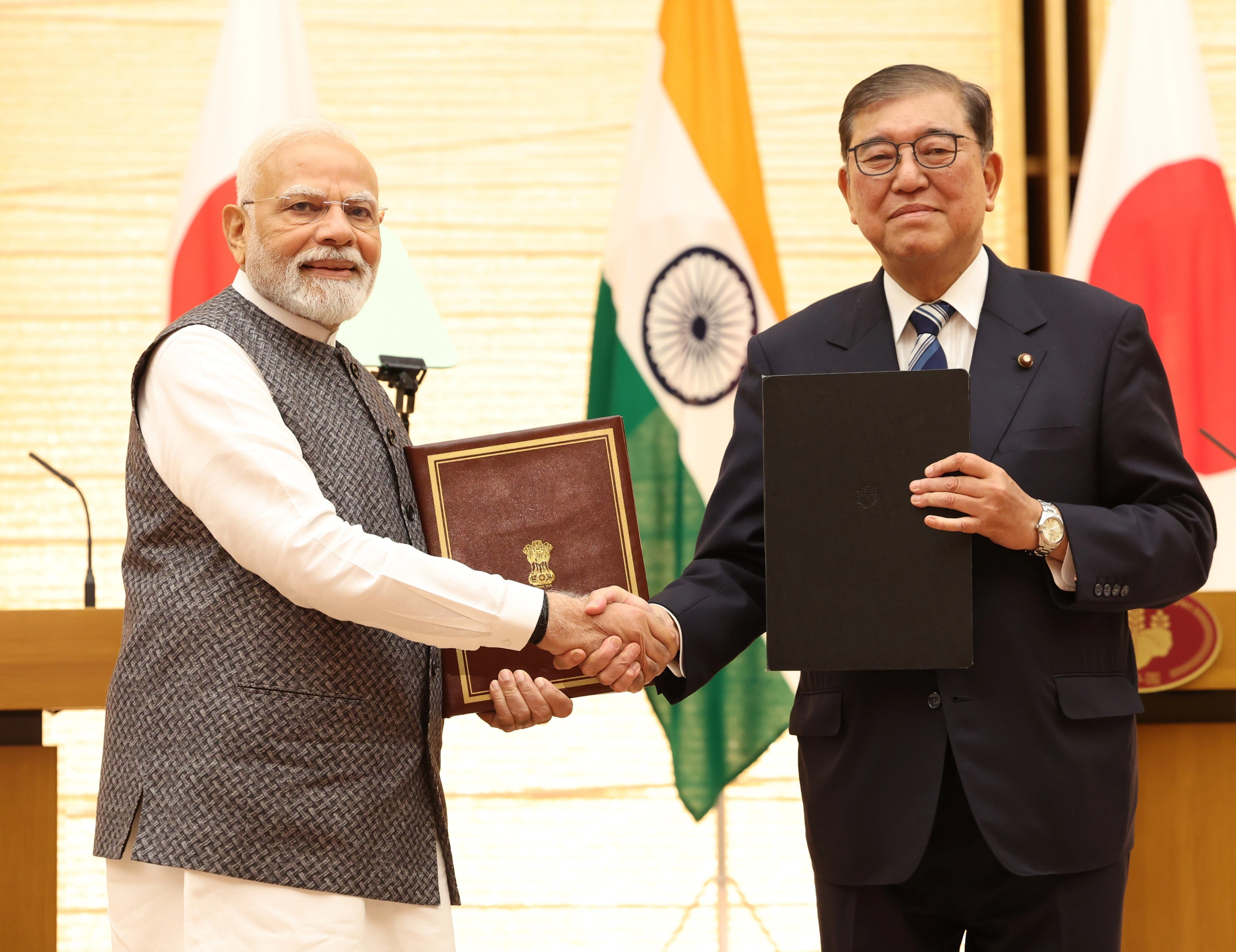In May, sales of smartphones from foreign manufacturers, including prominent brands like Apple, experienced a notable decline in China, dropping by 9.7%. This downturn is indicative of the increasingly competitive landscape within the Chinese smartphone market, where local brands continue to assert their dominance. Companies such as Huawei, Xiaomi, and Oppo have been making significant strides, leveraging their understanding of local consumer preferences and offering products that cater specifically to those needs. As a result, these brands have managed to capture a larger share of the market, putting pressure on foreign competitors.
The decline in sales can be attributed to several factors, including heightened competition, changing consumer preferences, and economic conditions. Many Chinese consumers are gravitating towards domestic brands that provide high-quality features at more competitive prices. Additionally, these local manufacturers have invested heavily in technology and marketing, further enhancing their appeal. The shift is also reflective of broader trends, where consumers are increasingly inclined to support local businesses, especially in light of rising nationalism and a push for self-reliance in technology.
Apple, in particular, has faced challenges in maintaining its market share in a landscape that is rapidly evolving. Despite the brand’s strong reputation for innovation and quality, it must navigate a market where consumers are becoming more price-sensitive. Furthermore, the ongoing geopolitical tensions and trade issues may also play a role in influencing consumer behavior, as some individuals may choose to prioritize domestic products over foreign alternatives.
As foreign smartphone makers grapple with these challenges, they may need to reassess their strategies in China. This could involve enhancing their value propositions, adjusting pricing strategies, or even increasing local partnerships to better align with consumer expectations. The current environment serves as a reminder of the dynamic nature of the global smartphone market, where adaptability and understanding of local nuances are critical for success.
In conclusion, the 9.7% drop in sales for foreign phone makers in China highlights a significant shift in consumer sentiment and market dynamics. As local brands continue to thrive, foreign companies must innovate and adapt to not only survive but also to reclaim their market share in this pivotal region. The future will likely see a continued evolution of strategies as companies respond to the challenges posed by an increasingly competitive and localized market.




